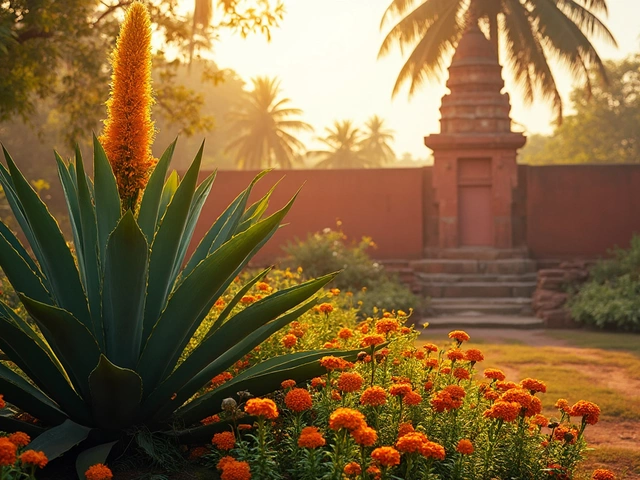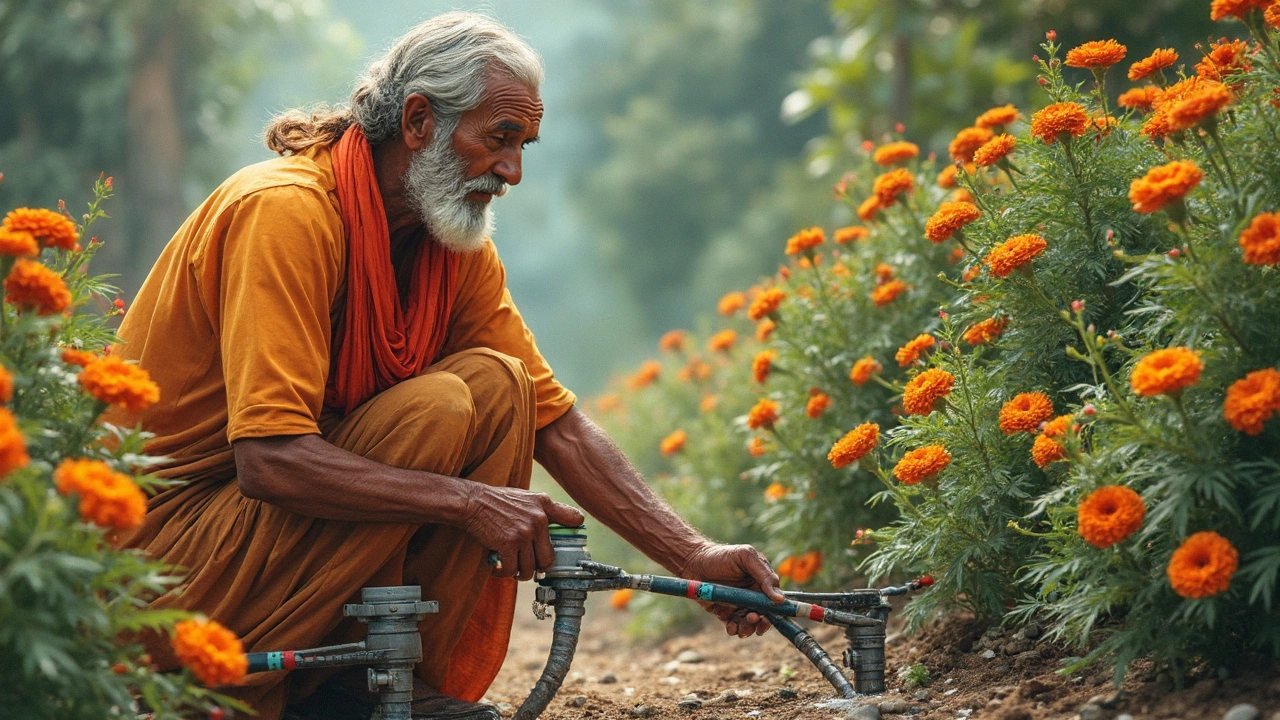Clog Prevention for a Smooth Gardening Experience
If you’ve ever watched water sputter out of a drip line or seen soil turn into a hard plug, you know how frustrating clogs can be. The good news is that stopping clogs is mostly about a few easy habits. Below you’ll find simple steps you can add to your routine right now.
Keep Your Drip Lines Clean
First, give your drip tubing a quick look before every watering season. Flush the lines with plain water for a few minutes; this pushes out any sand, mulch bits, or algae that might be hiding inside. If you notice a slow flow, use a small brush or a pipe cleaner to scrape the emitter openings gently. A little pressure from a garden hose can also dislodge stubborn particles—just be careful not to damage the tubing.
Another easy habit is to filter the water coming into the system. A simple mesh filter at the inlet catches big particles before they even reach the drip line. Replace the filter every few weeks, especially if you’re using well water or water that looks cloudy.
Improve Soil Texture to Reduce Blockages
Clogs aren’t limited to plastic pipes. Heavy, compacted soil can block water flow around the emitters, making the whole system seem clogged. To loosen tight soil, add organic matter like compost or well‑rotted manure. These add bulk and create tiny channels for water to move through.
If you’re dealing with very clay‑rich ground, mix in coarse sand or perlite. The added grit keeps the soil from becoming a solid brick around the drip line. A good rule of thumb is to work in one part sand to three parts soil, then water it in so the mix settles evenly.
Regular mulching also helps. A layer of straw, wood chips, or shredded leaves protects the soil surface, reduces evaporation, and keeps the top layer from crusting over the emitters.
Don’t forget to check the water source itself. Tap water in many Indian cities contains chlorine, which can break down plastic over time and create microscopic cracks where debris can collect. Letting tap water sit for a few hours lets chlorine evaporate, and the water becomes gentler on both plants and drip lines.
Finally, keep an eye on the plants you’re feeding. Some organic additives, like coffee grounds, can clump together and block emitters if you sprinkle them directly near the line. Use them in the compost pile instead, where they break down safely before being added to the garden.
By filtering incoming water, flushing lines regularly, and improving soil texture, you’ll see fewer clogs and healthier plants. These habits are quick, cheap, and fit easily into a weekly garden routine. Give them a try this season and watch your drip system run like new.
Preventing Drip Emitter Clogs: A Simple Guide
Keeping your drip emitters from clogging can make or break your garden’s success. Learn practical strategies to prevent clogs, ensuring your plants get the water they need. This guide offers insights on maintenance, choosing the right filtration system, regular cleaning tips, and the importance of water quality. Make your drip irrigation system more efficient with these easy-to-follow steps.
About
Drip Irrigation
Latest Posts


What Plant Only Blooms Every 100 Years? Exploring the Legendary Century Flowers
By Alden Thorne Apr 22, 2025

Which Vegetable Farming is Profitable in India? Your Practical Guide
By Alden Thorne Apr 25, 2025

Make a Large Yard Feel Cozy: Terrace Gardening Tips That Work
By Alden Thorne Jun 17, 2025

